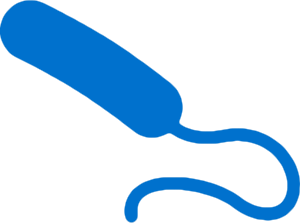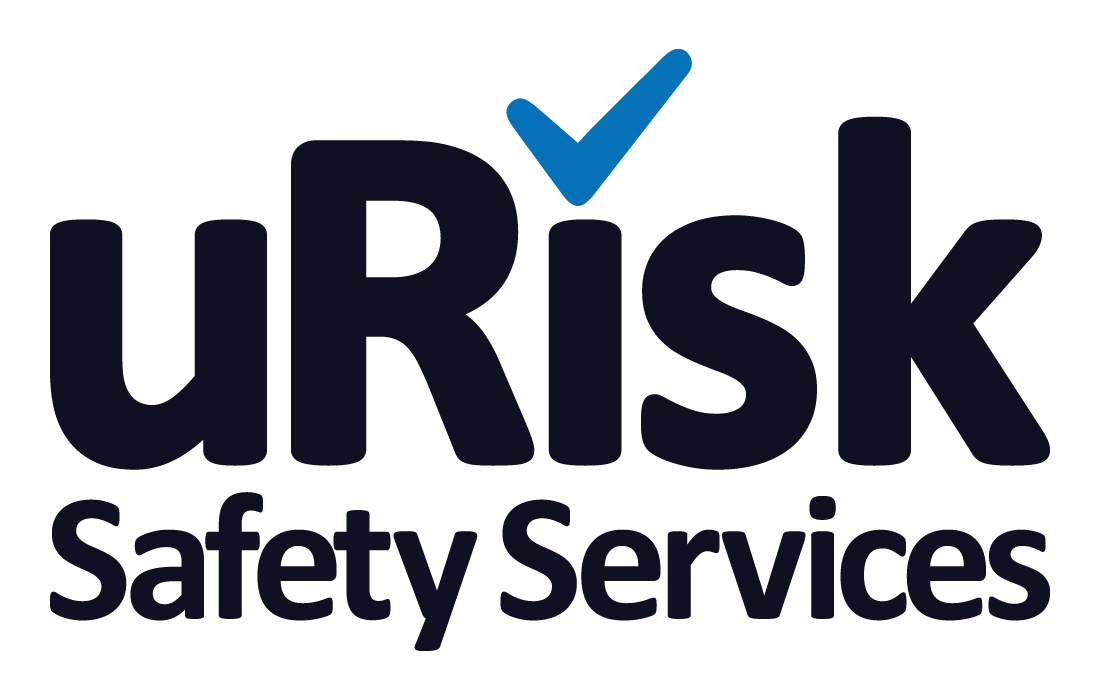What should you do with your water system at work if you’re temporarily closing and actions to take before re-opening!
Where possible you should continue to flush your water systems regularly to maintain good circulation and avoid stagnation. You should also continue to carry out your monitoring tasks where possible, should access to your premises be available and safe to access. You should aim to keep your hot water hot and your cold water cold. Keeping the water moving and clean.
If you are unable to carry out the above then your water systems should be recommissioned as though they were new. Therefore, all employers MUST ensure the health and safety of their employees, customers, visitors and contractors by thoroughly flushing, clean and disinfecting and water testing before the building is re-occupied and the water systems returned to use.
Covid-19 and Legionella have a number of common symptoms, making it all the more important these actions to be completed to protect your health and safety and to avoid any extra burden on our incredible NHS.
Finally, you should update any risk assessments to reflect any actions or changes to your control measures.
Covid-19 Vs Legionella
The symptoms for Covid-19 and Legionnaires’ disease are very similar. With growing commercial and domestic properties being left unoccupied at this time, bacteria in water is of higher risk. Be sure to keep your water systems safe.
Keep in mind these symptoms when returning to properties that have been vacant and not used their water systems for over 7 days.

Covid-19
high temperature
a new continuous cough

Legionella
a chesty cough
cannot breath properly
you have severe chest pains
high temperature
you feel like you have severe flu
Why should I be concerned about Legionella in an empty or partially occupied building?
When a building is unoccupied or there are less people using the building because it’s closed or people are working from home the health risks associated with its water systems, particularly growth of legionella and other dangerous waterborne pathogens will increase for a number of reasons.
- The turnover of water is likely to stop or be significantly reduced, which may lead to stagnation. This can be very bad as it encourages bacteria and biofilm to grow at dangerous levels.
- The cold water will tend to warm up whilst the hot water tends to cool down, entering into the ideal ranges for legionella growth.
If buildings water systems are allowed to become contaminated in this way there could be serious health consequences for those people still using the building or when everyone eventually returns to work.
What does the HSE recommend?
The Health and Safety Executives ‘HSG 274 Technical Guidance Part 2’ makes specific reference to this situation. It states on page 24:
“Buildings temporarily taken out of use (mothballing)
2.50 Where a building, part of a building or a water system is taken out of use (sometimes referred to as mothballing), it should be managed so that microbial growth, including legionella in the water, is appropriately controlled.
2.51 All mothballing procedures are a compromise between adequate control of microbial growth, the use of water for flushing (while avoiding waste) and degradation of the system by any disinfectant added. Where disinfectants are used, these should leave the system fit for its intended purpose.
2.52 In general, systems are normally left filled with water for mothballing and not drained down as moisture will remain within the system enabling biofilm to develop where there are pockets of water or high humidity. The water in the system also helps to avoid other problems associated with systems drying out, including failure of tank joints and corrosion in metal pipework. The systems should be recommissioned as though they were new (ie thoroughly flushed, cleaned and disinfected) before returned to use.










